With the continuous upgrading of home bathroom space design, smart toilets have gradually become a standard configuration for many households. Among them, smart toilet with Bidet (cleaning function) have received more attention due to their enhanced comfort and hygiene. From basic heating seats to advanced features such as adjustable water pressure, warm-air drying, automatic deodorization, and an induction-flip cover, the differentiation among smart toilets is becoming increasingly evident.
By 2025, there will be significant improvements in the design, water-saving performance, intelligent interaction, and comfortable experience of products on the market. This article will analyze consumer experience, core feature trends, and representative models to help make more suitable choices for home scenarios.
1. Market Trend: Moving from Basic Cleaning to Full Scene Intelligent Experience
According to industry reports from North America Plumbing Fixtures, the demand for smart toilets with Bidet electronic functionality continues to grow, with an expected compound annual growth rate of around 7.8% from 2024 to 2028 (source: GrandViewResearch.com). Among them, demand for replacing traditional toilet seats and upgrading Bidet functionality has grown significantly, with easy installation and cost control among the driving factors.
The functional trends mainly focus on the following directions:
Personalized cleaning experience
Adjustable water temperature, water pressure, nozzle position, and multiple cleaning modes (rear wash, front wash, soft wash, etc.) have become standard.
More refined water-saving and energy-saving design
Most products will optimize the flushing structure, making 1.0-1.28 Gallons Per Flush the mainstream drainage range (source: EPA WaterSense).
Automatic interaction experience is more natural.
For example, an automatic flip cover, automatic flushing, and a motion-sensing heating seat ring can reduce hand operation, improve usability, and enhance hygiene.
Enhanced antibacterial and easy-to-clean ability
Standard practices include UV antibacterial nozzles, anti-fouling ceramic nozzles, seamless structure, automatic nozzle self-cleaning, etc.
2. Key purchasing points: size, installation method, priority of functions
When selecting a smart toilet with a bidet, it is necessary to consider three aspects comprehensively: space, interface, and functional requirements.
1) Match size with bathroom space
The mainstream toilet seat shape is Elongated, typically around 18.5 inches in seat length.
If the bathroom space is small, you can also choose a Round seat ring to save space, but it will slightly reduce comfort.
2) Connection method
Most smart toilets require power sockets and water supply interfaces.
For an old-house renovation, it is recommended to choose an intelligent toilet seat for a more flexible installation.
3) Function priority sorting
According to feedback from multiple usage scenarios, the most impactful feature ranking for user experience is:
Spray washing experience > Seat heating > Drying speed > Automatic flip cover > Night soft light
3. 2025 Selected Recommended Models (Ranked by Function and Experience Performance)
The following is a summary of representative models and their experience directions, presented in text rather than tables.
① High-end flagship model: fully functional intelligent experience
Suitable for users with high requirements for comfort, automation, and design.
Typical features: automatic flip cover, induction flushing, adjustable nozzle multi-mode water washing, warm air drying, deodorization device, and nozzle UV antibacterial.
Applicable spaces: independent bathroom, main bathroom, and during decoration and operation.
Experience highlights: The use process requires almost no manual operation, the seat ring feels warm and stable, and the washing mode is delicate and adjustable.
② Cost-effective balanced type: fully functional and easy to install
Suitable for users who wish to upgrade their existing toilet without replacing the entire ceramic structure.
Typical features: Removable intelligent cover structure, compatible with mainstream toilet models, installed without removing the floor.
Core functions: adjustable water temperature, seat heating, basic air drying, and adjustable water level.
Experience highlight: Achieving a good balance between comfortable cleaning and cost control.
③ Small space optimization type: compact design + basic intelligent functions
Suitable for projects with limited bathroom space or for renovating old bathrooms.
Typical features: Round seat or wall-mounted design, does not occupy additional ground area.
Core functions: Rear cleaning, seat ring heating, and water pressure adjustment.
Experience highlight: Simplified yet practical, meeting daily necessary cleaning needs.

4. Key analysis of experience differences comparison
The nozzle aperture, angle, and water flow method determine the comfort of washing. Flagship models are generally more delicate and uniform.
The temperature control range adjustment of the seat heating belt is more stable and less prone to local overheating.
Flagship models with higher air-drying efficiency have more concentrated wind power, while ordinary models have longer air-drying times.
Automatic function experience: The automatic flip cover and sensor flushing significantly enhance the contactless user experience.
Express in paragraphs:
If more emphasis is placed on daily comfort and a long usage cycle, it is recommended to prioritize washing performance and air-drying efficiency. If it is suitable for leasing or short-term renovation scenarios, installation flexibility and basic functional stability are preferred.
5. Maintenance and usage suggestions
Regularly operate the nozzle in automatic cleaning mode to maintain hygiene.
It is recommended to set the seat ring heating to a medium temperature, which is more energy-efficient and more comfortable.
If the water hardness in the area is high, it is recommended to use simple soft water filtration components to extend the lifespan of internal components.
If planning to upgrade the entire bathroom in the future, priority should be given to models with replaceable filter modules.
Conclusion
The smart toilet with bidet products in 2025 is transitioning from "cleaning function" to "full process intelligent bathroom experience". Whether it's a complete replacement or just an upgrade to the smart cover, the key lies in a stable, comfortable cleaning experience, a reasonable water-saving drainage system, and an interactive design that aligns with daily living habits. Choosing based on spatial conditions and usage needs can significantly enhance the daily bathroom experience.
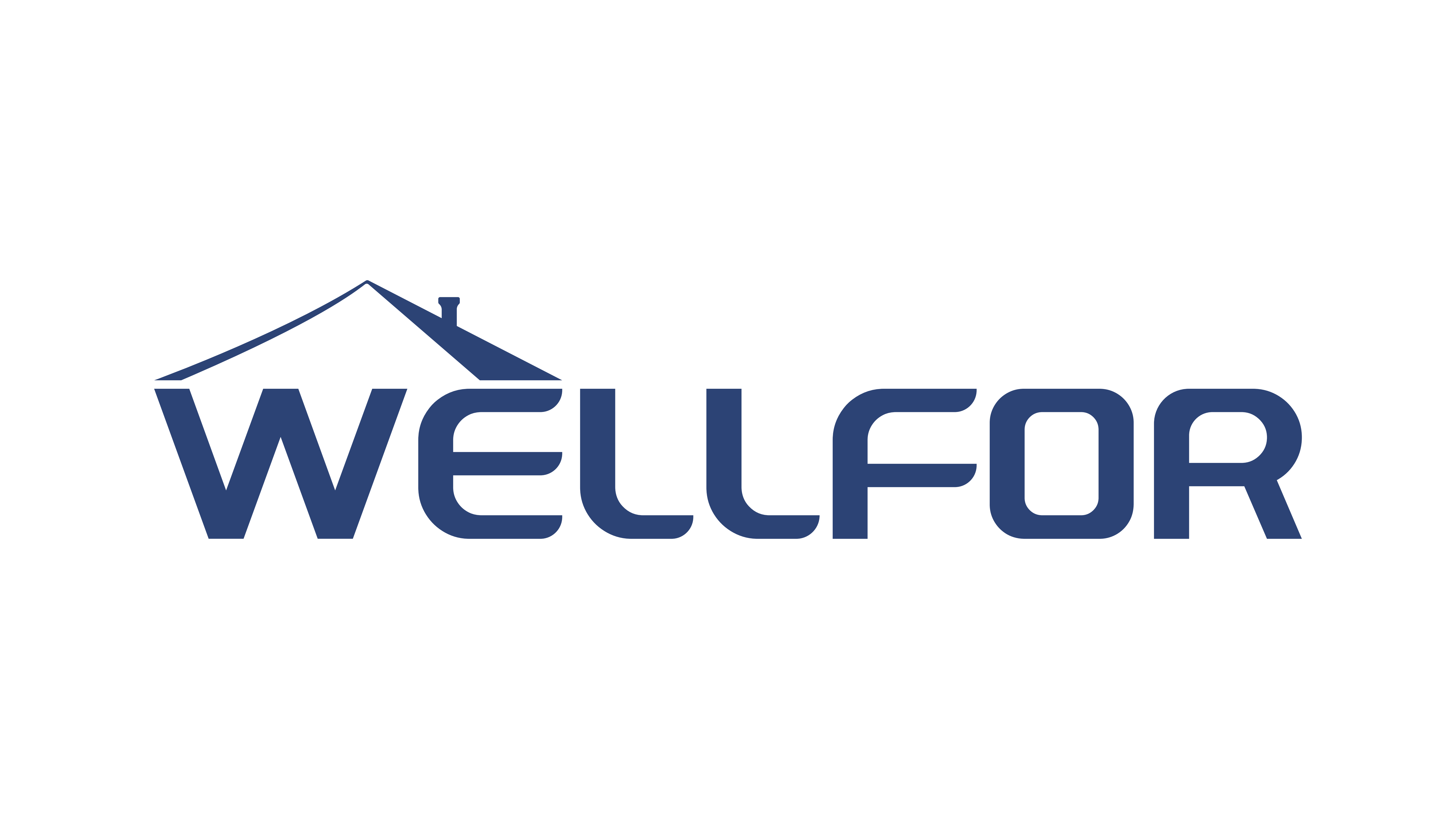
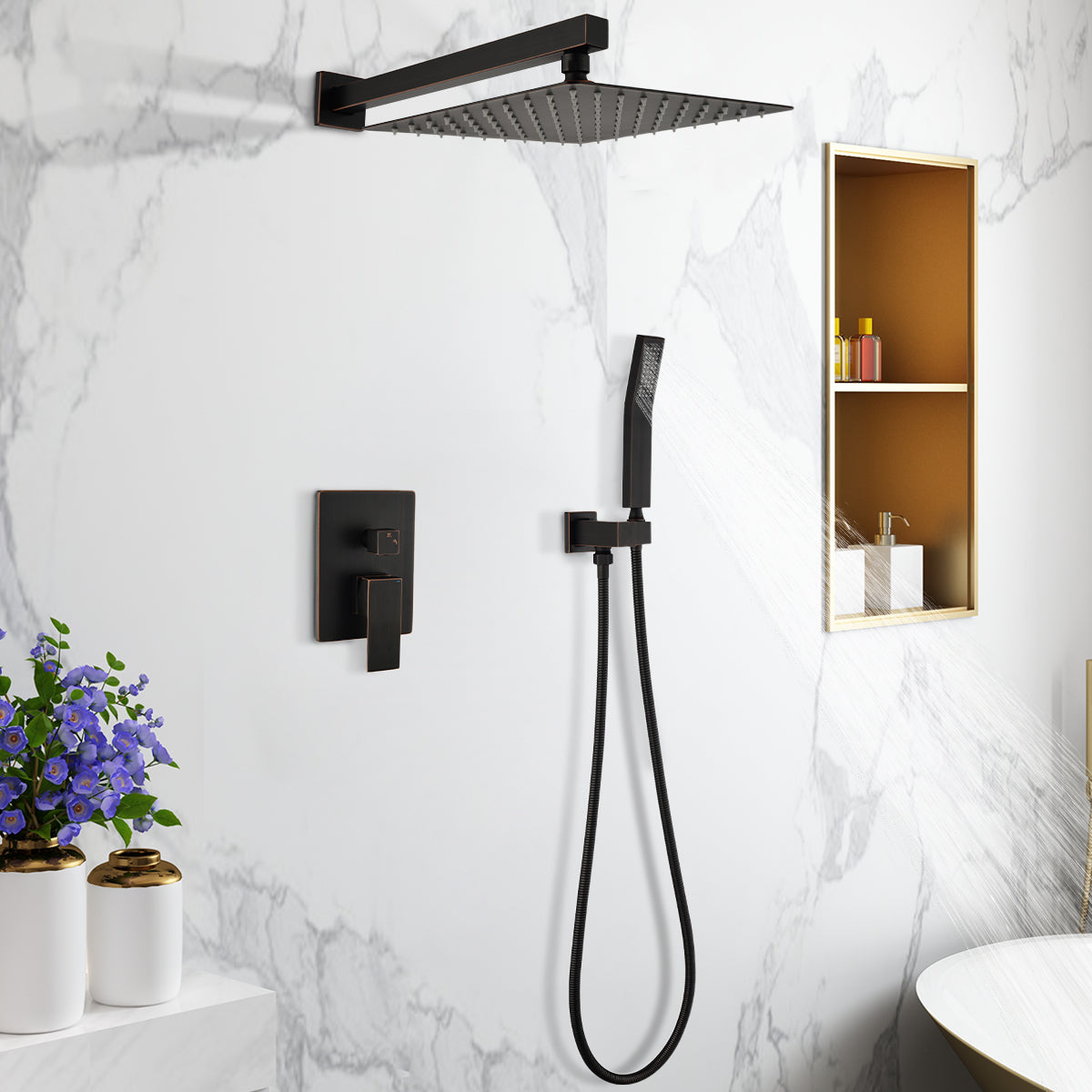






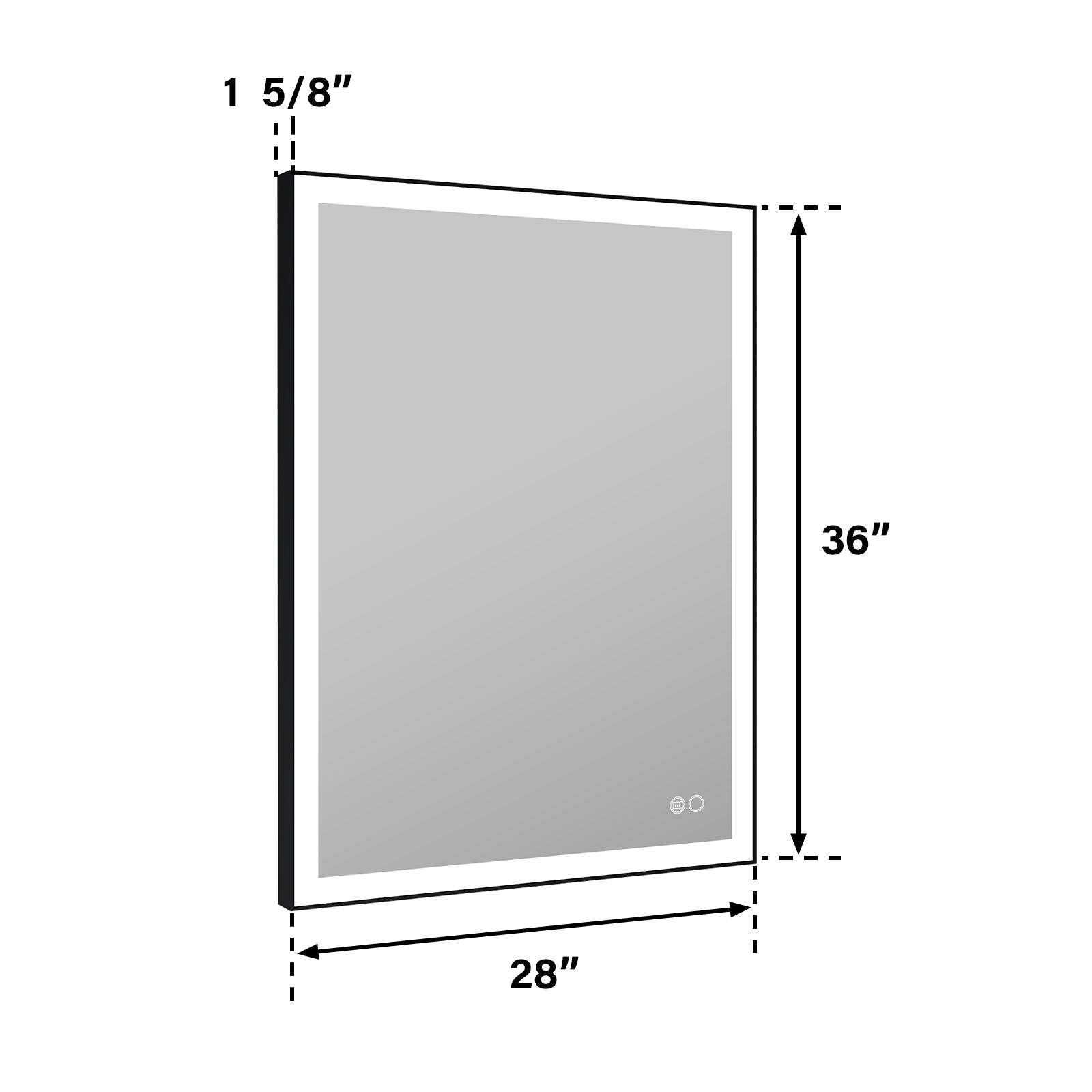


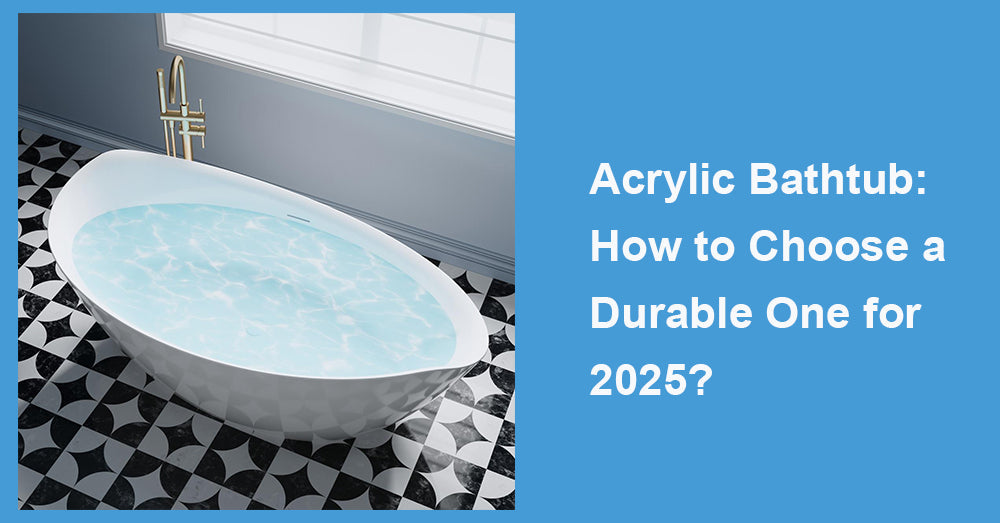
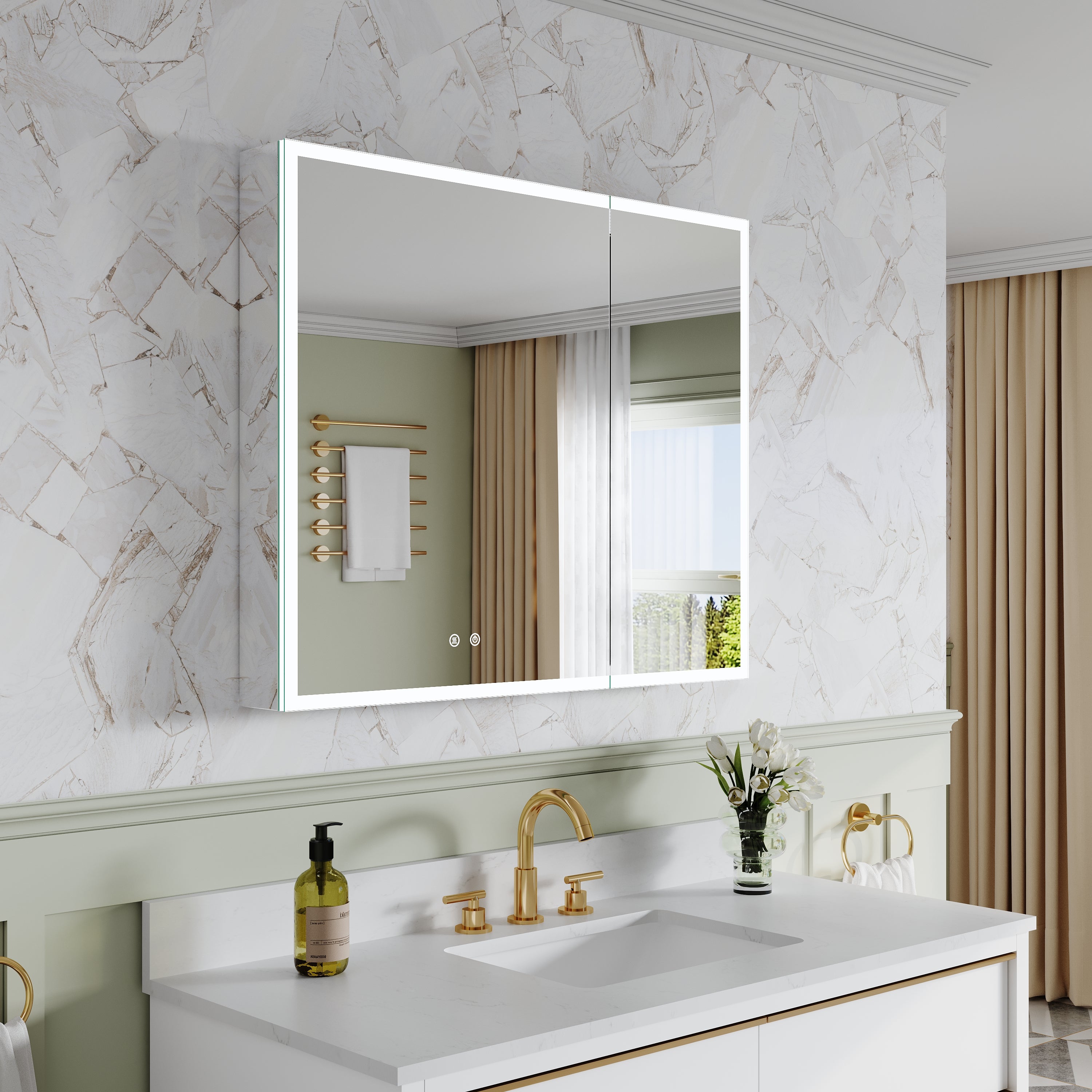
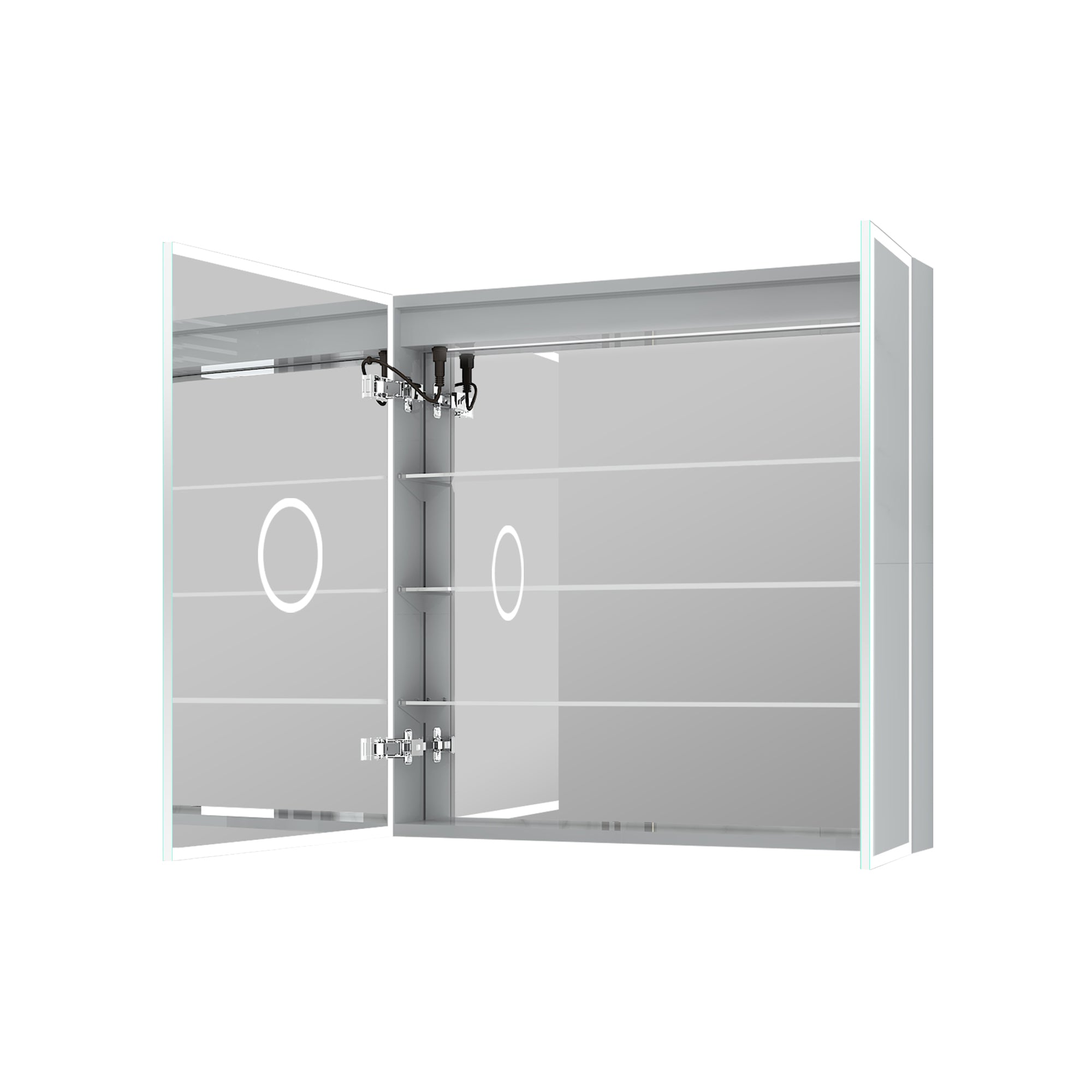
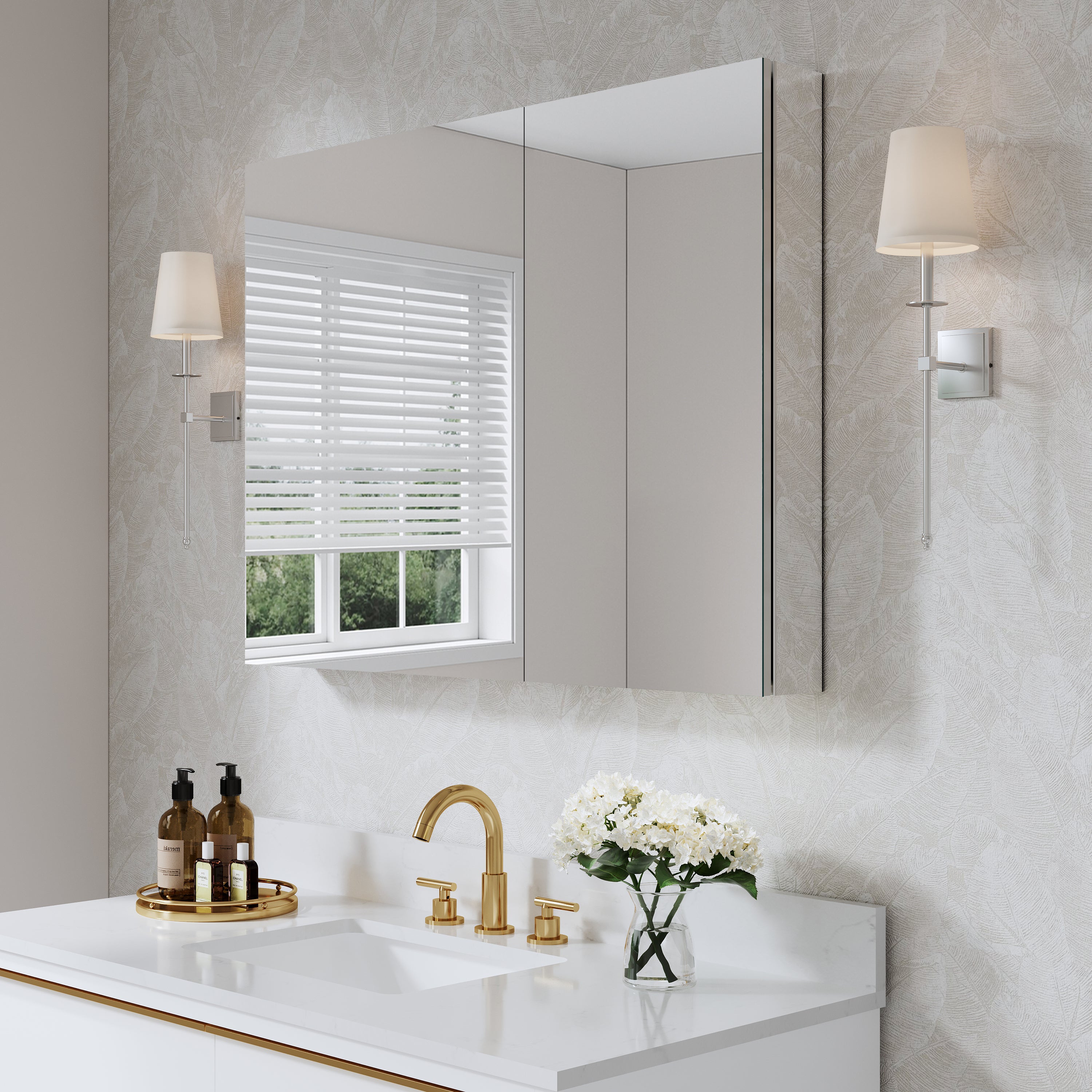

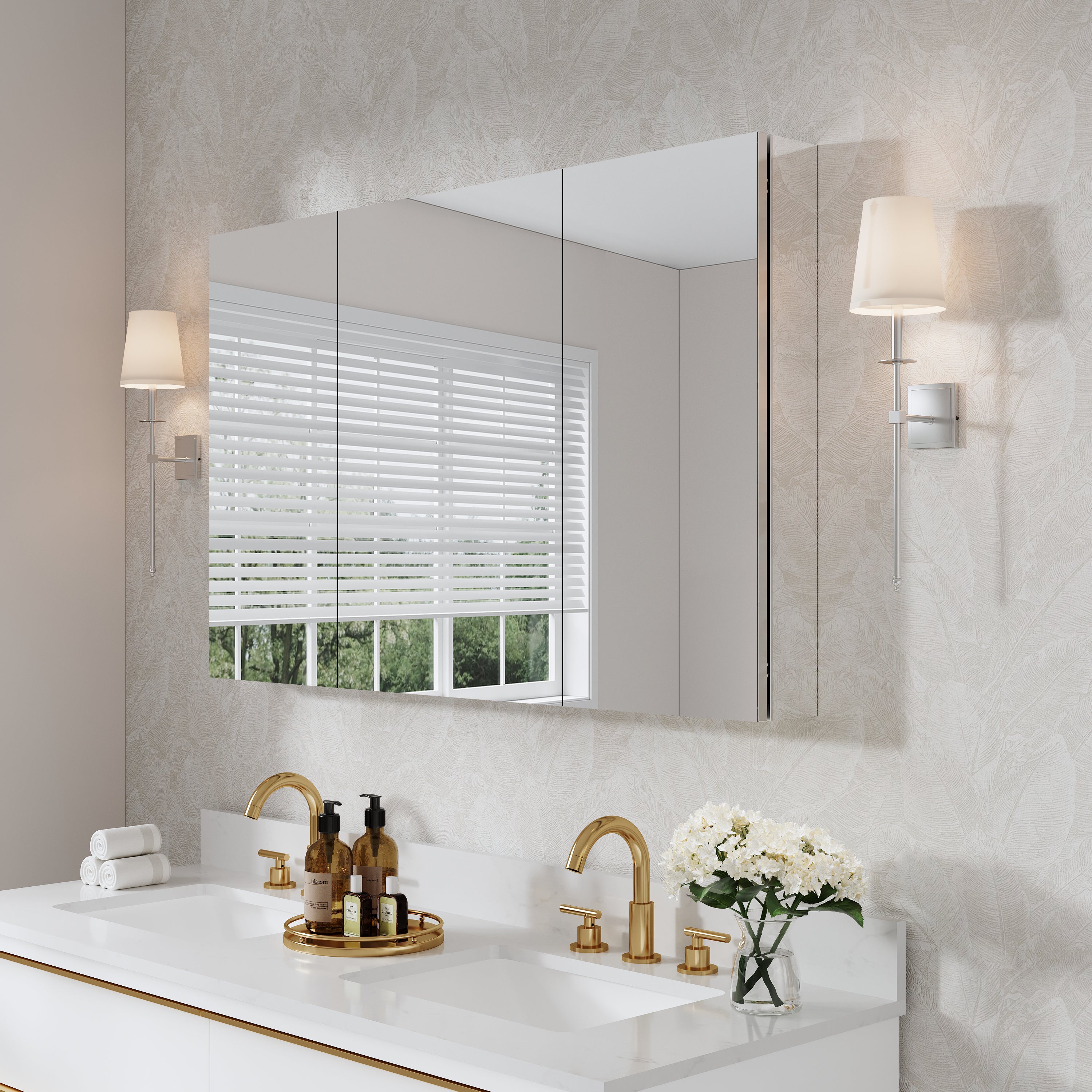
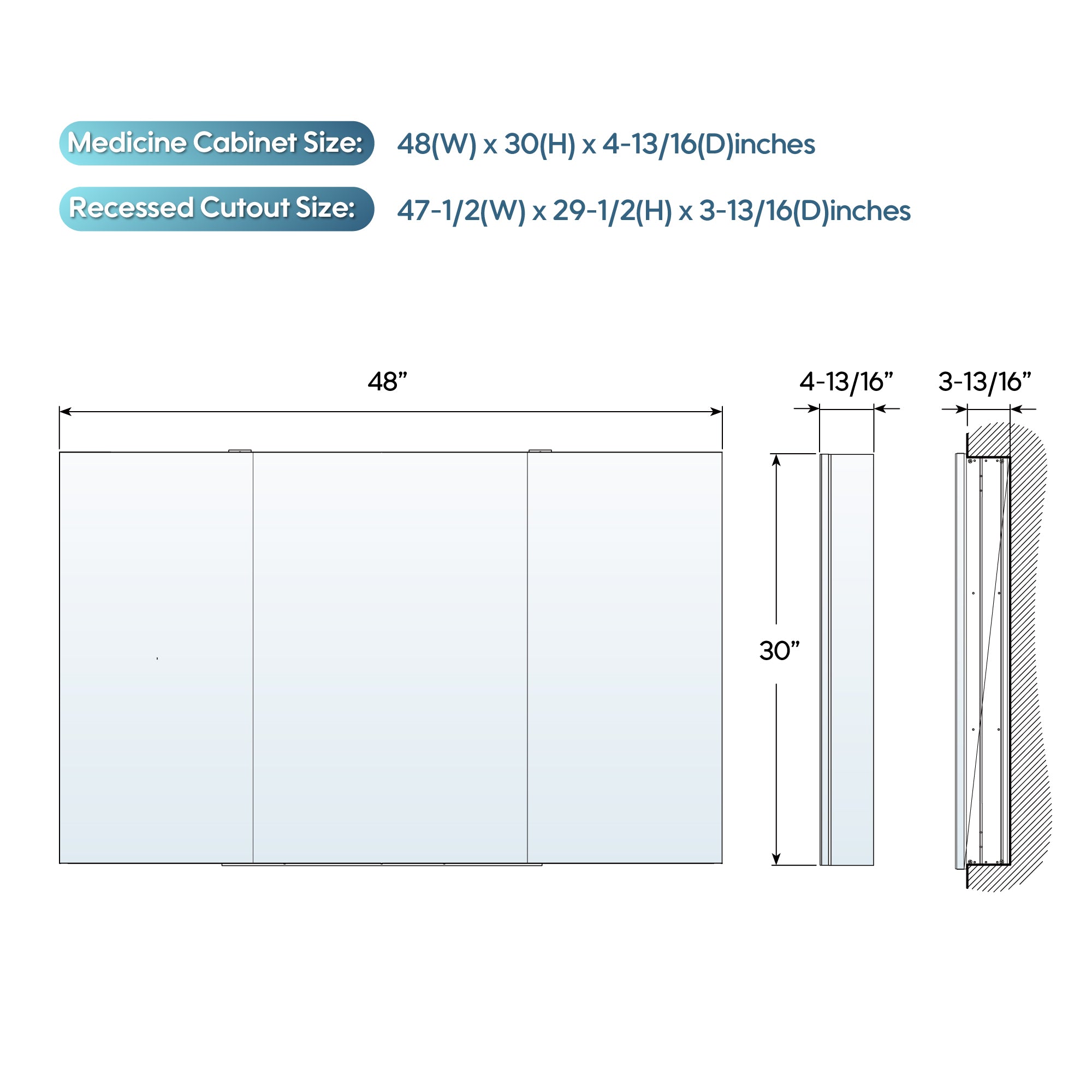

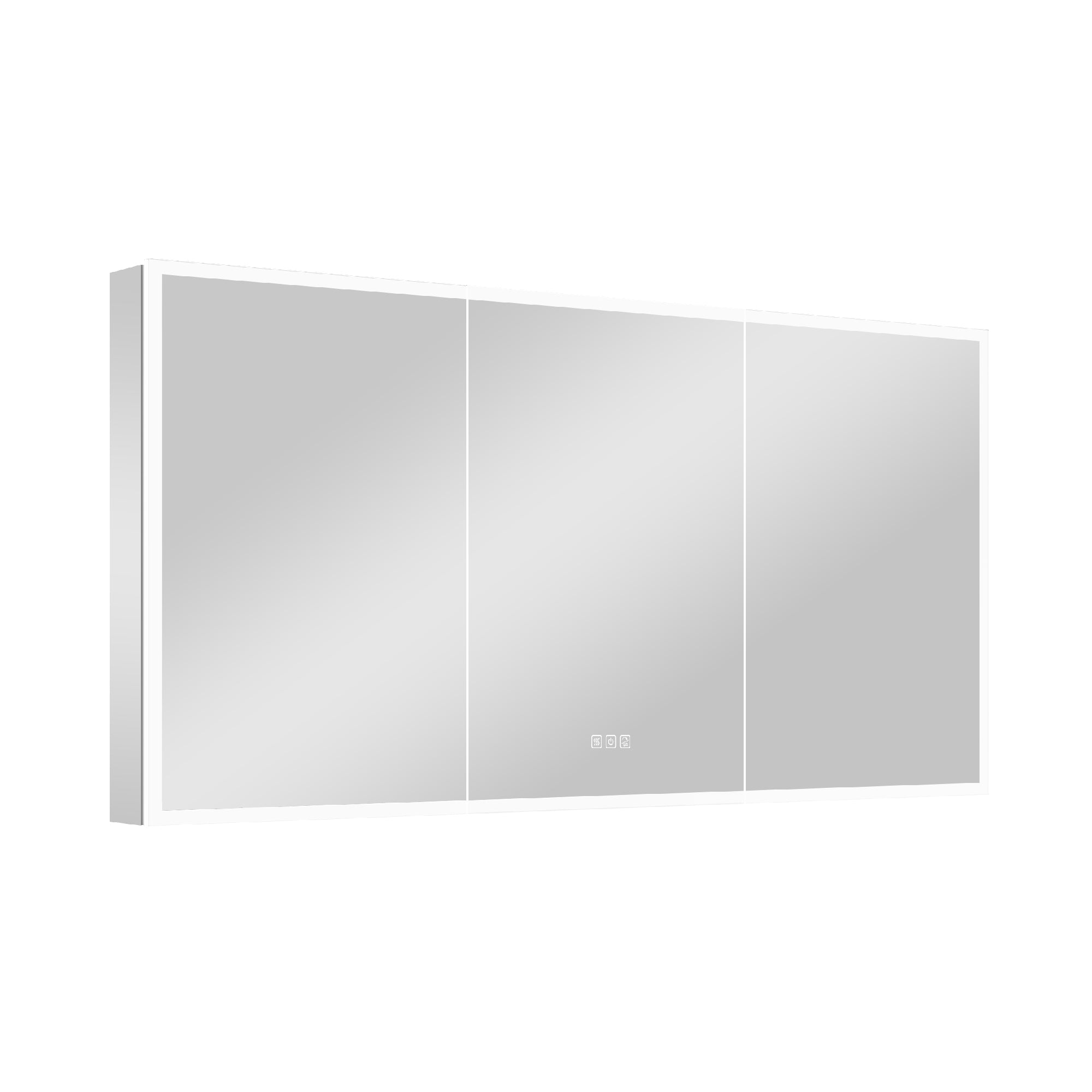
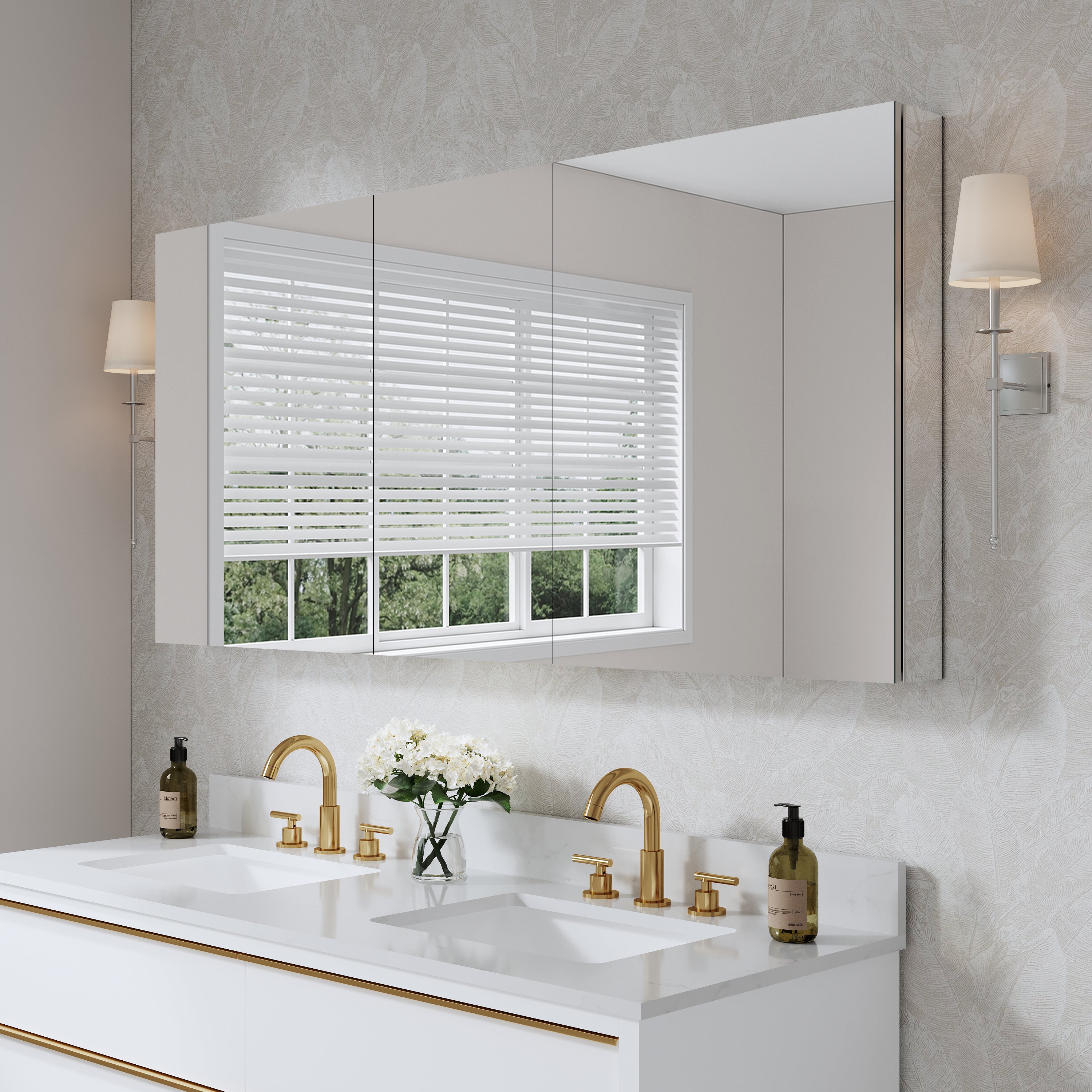




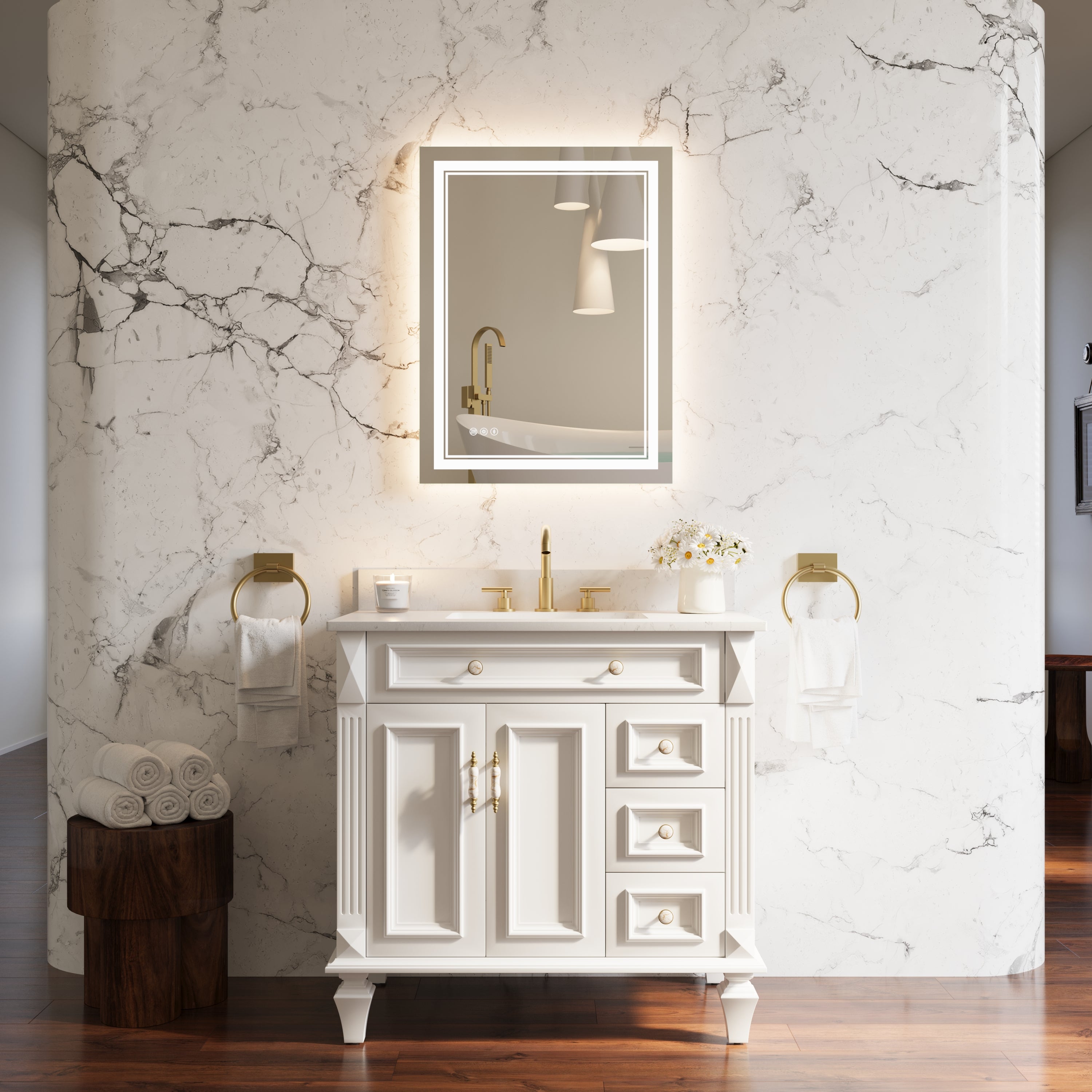
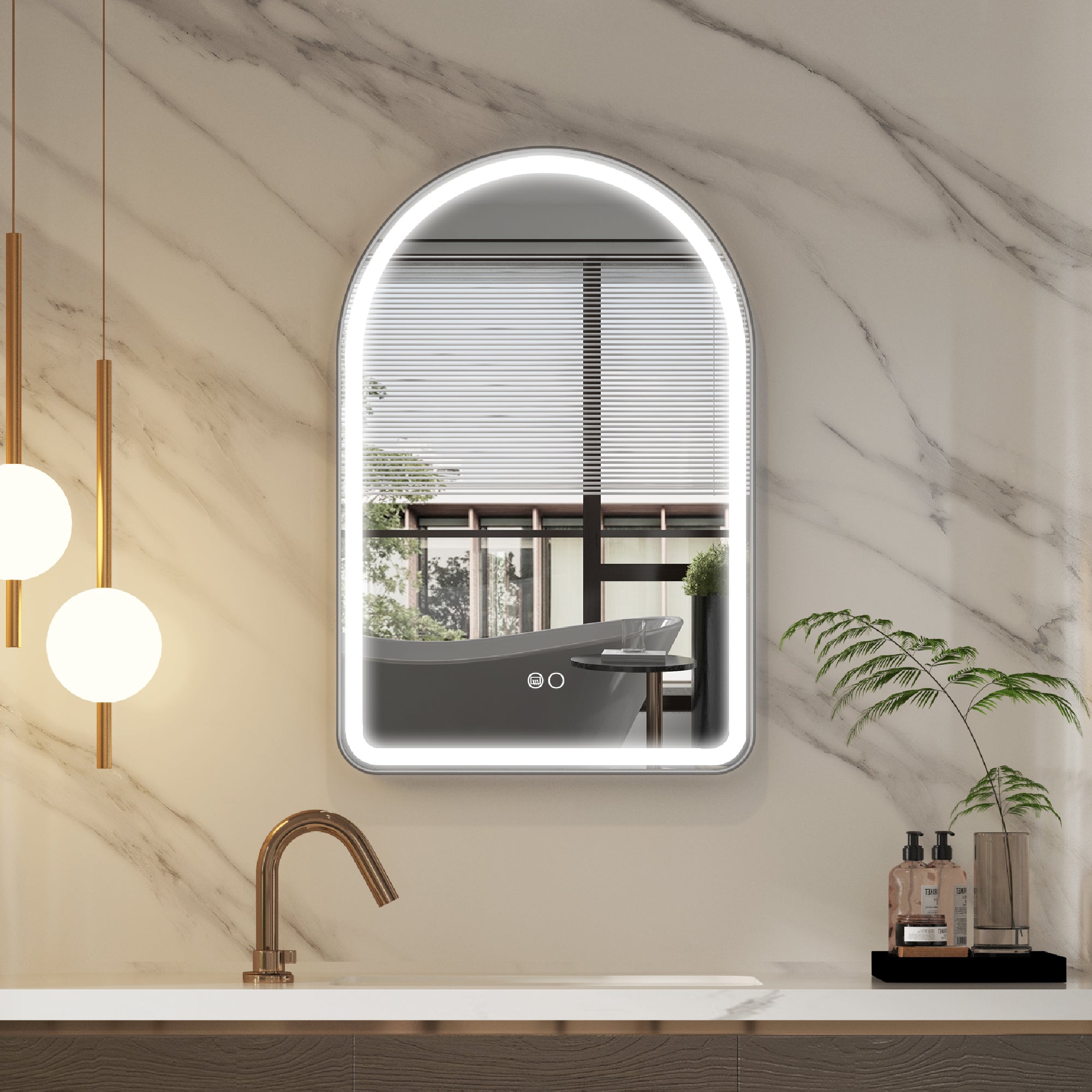
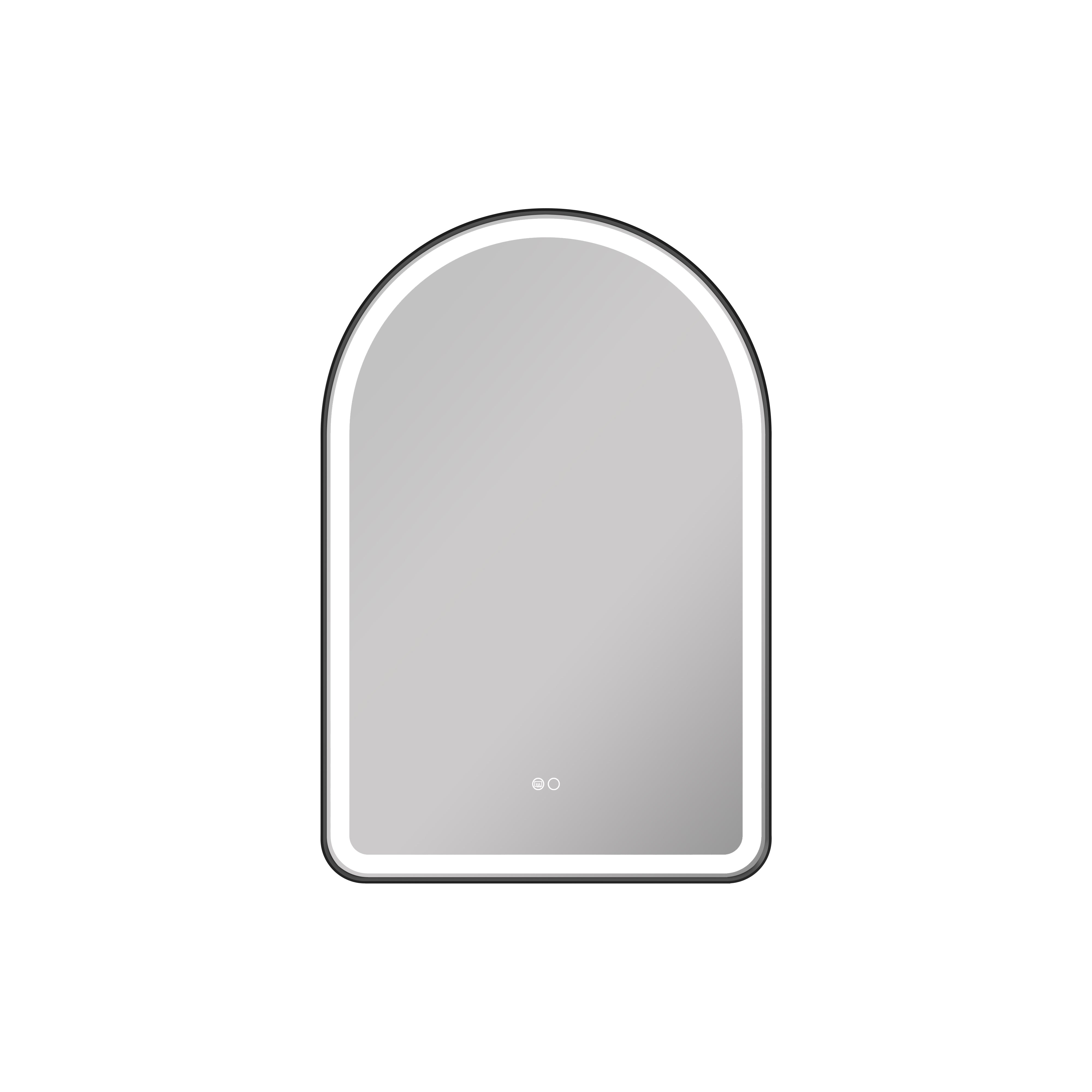

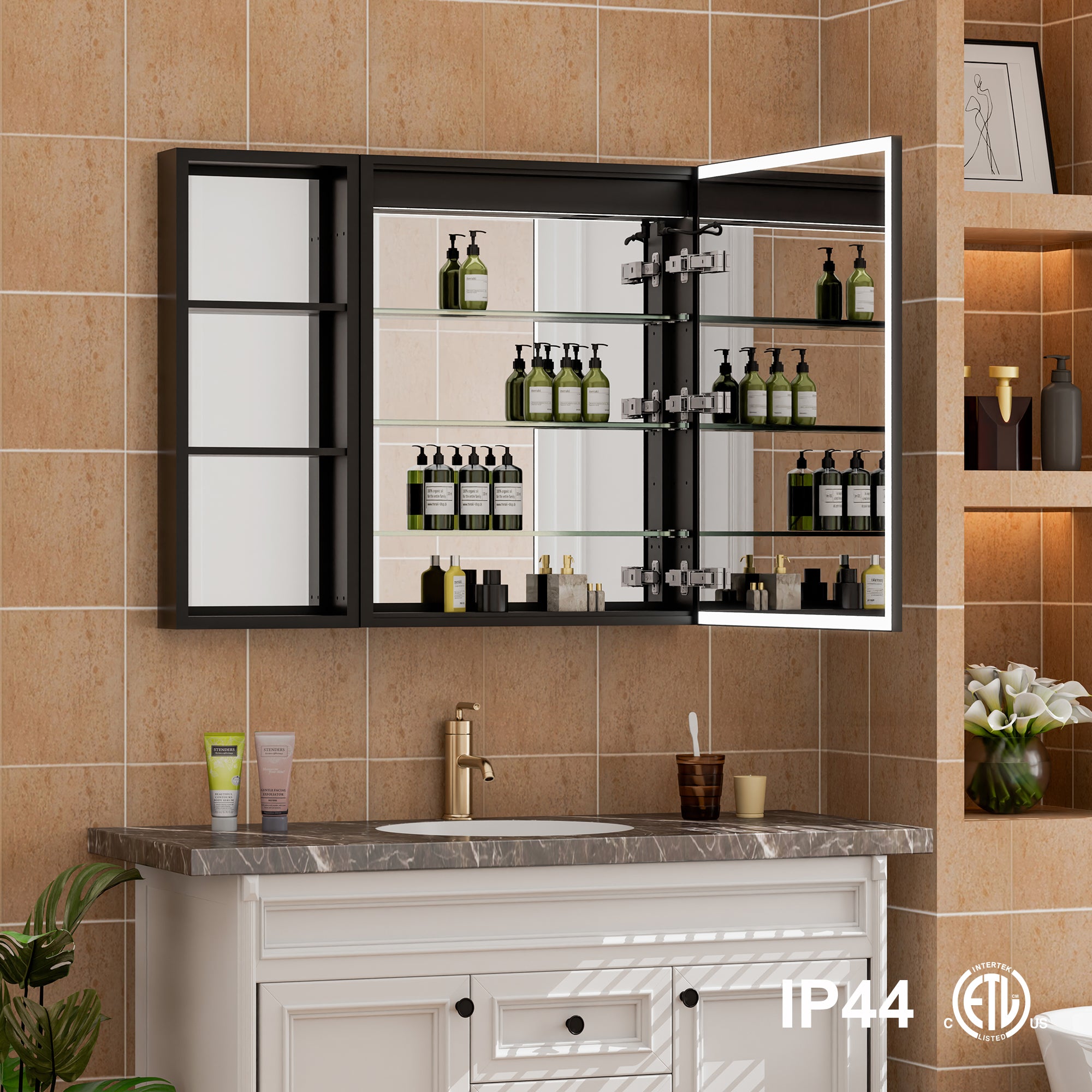
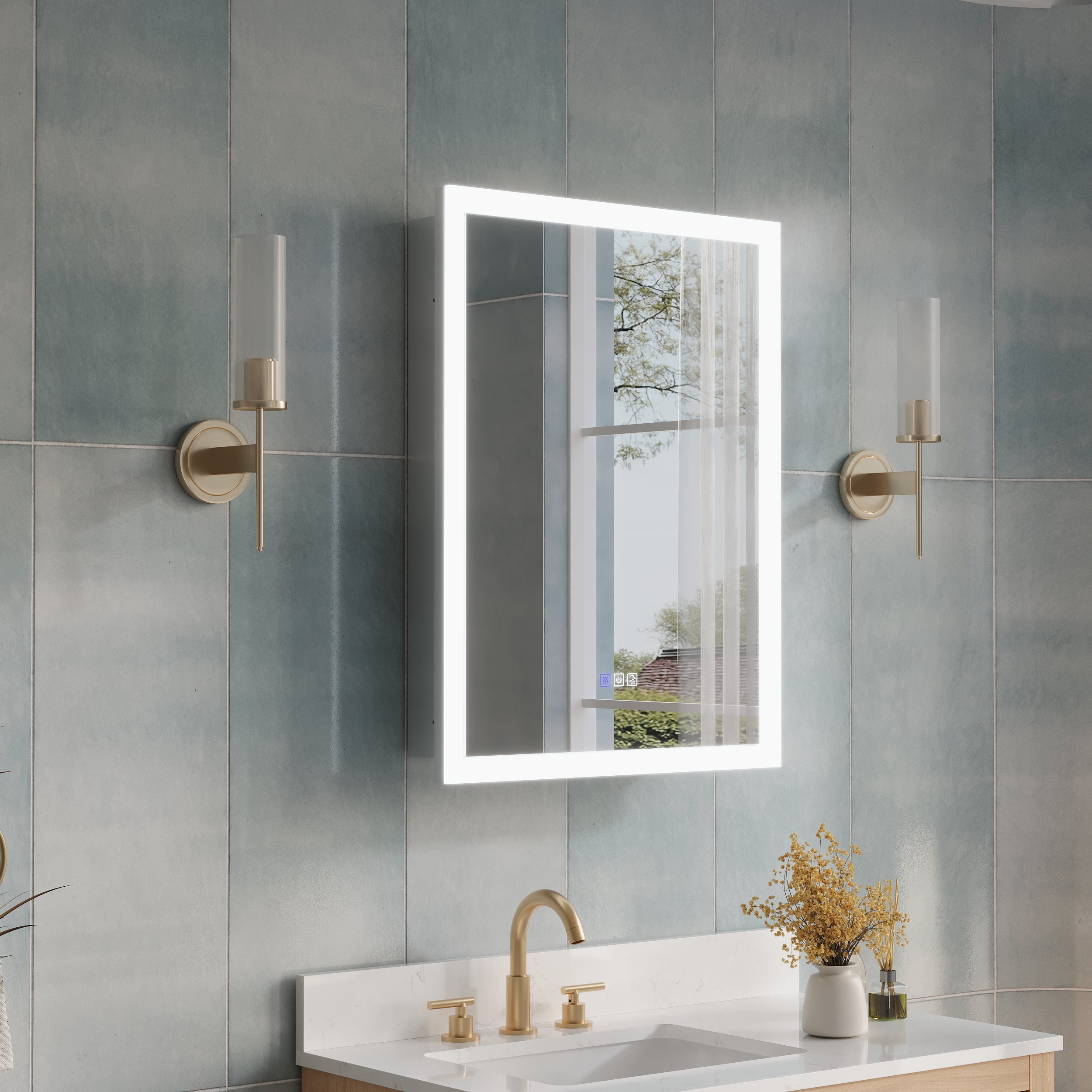
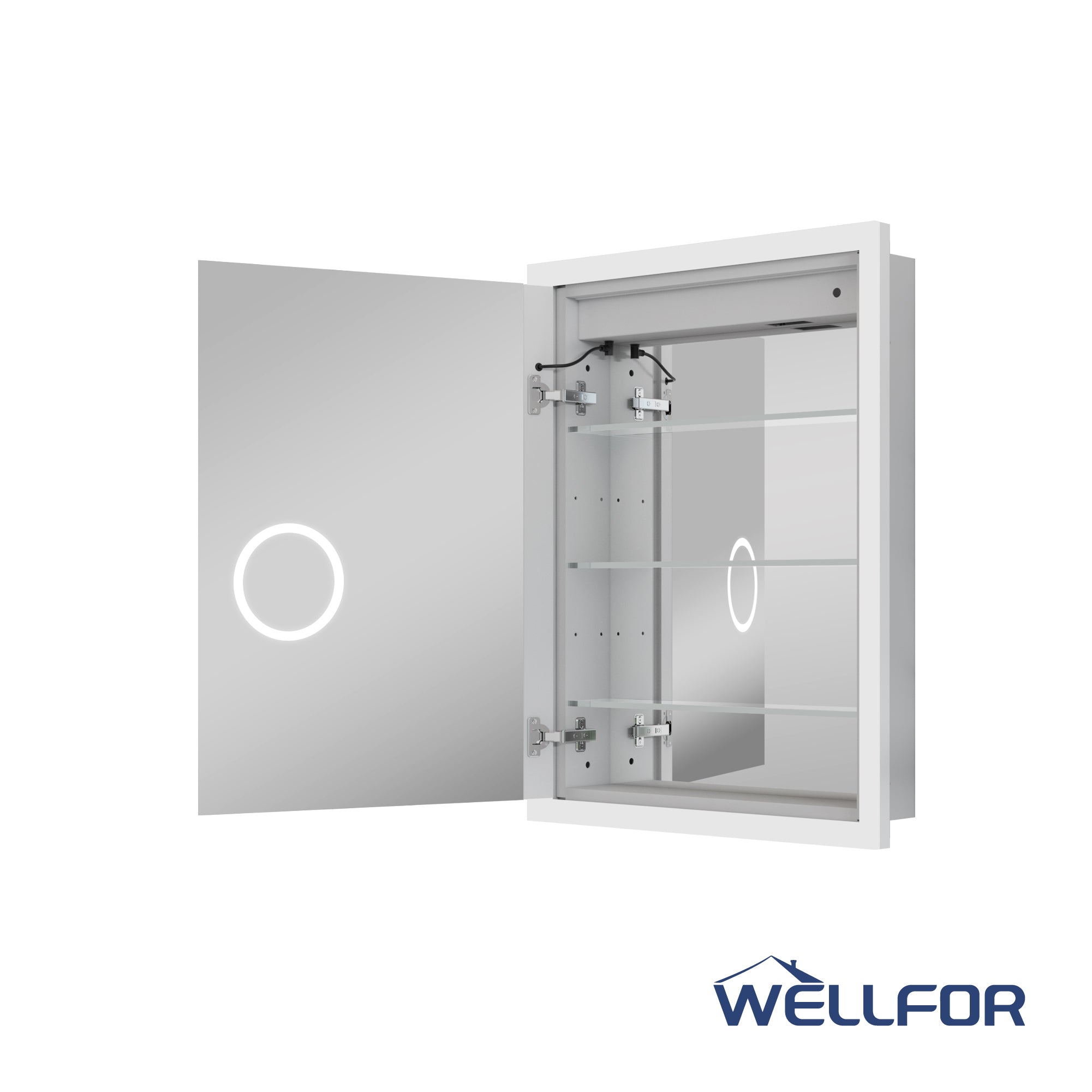
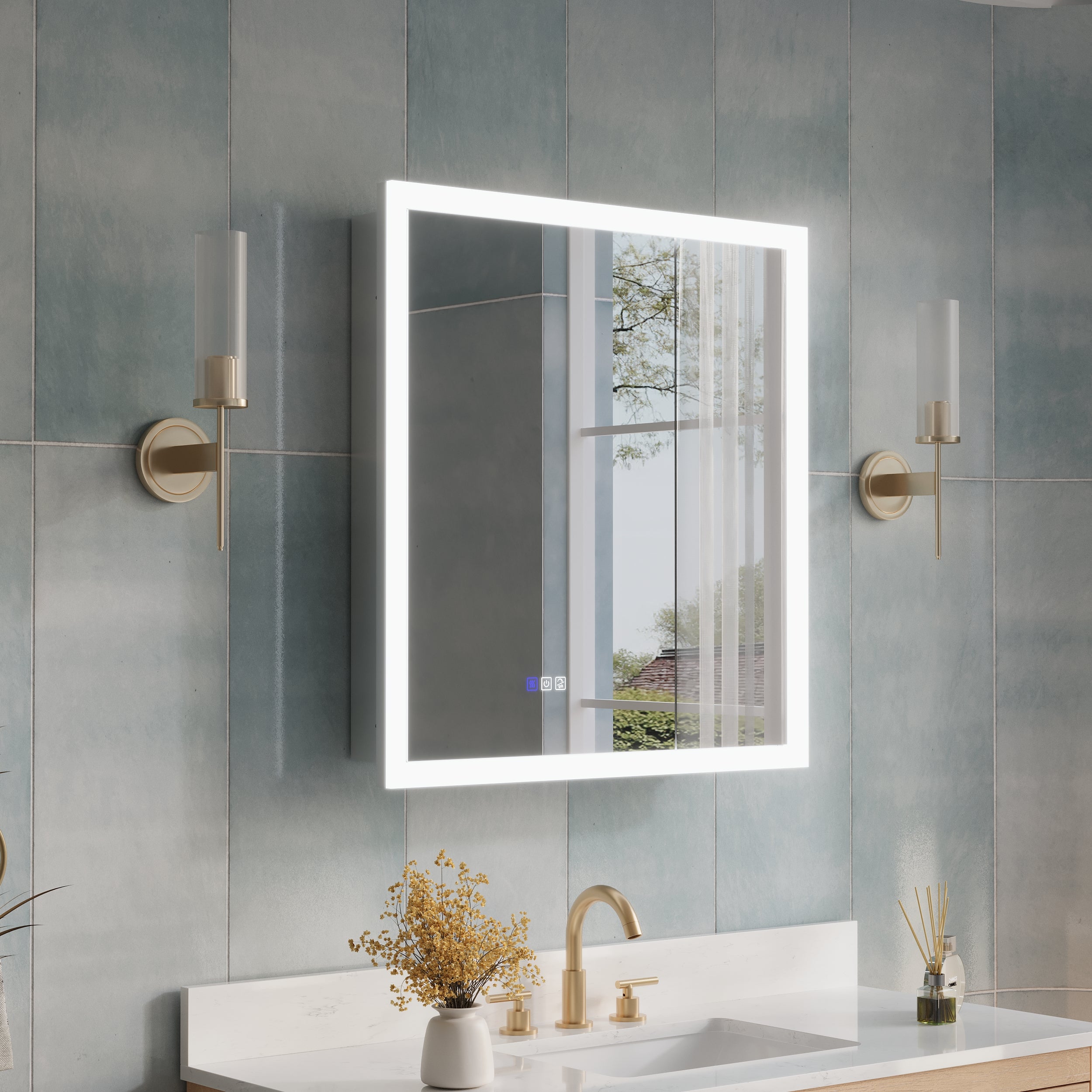
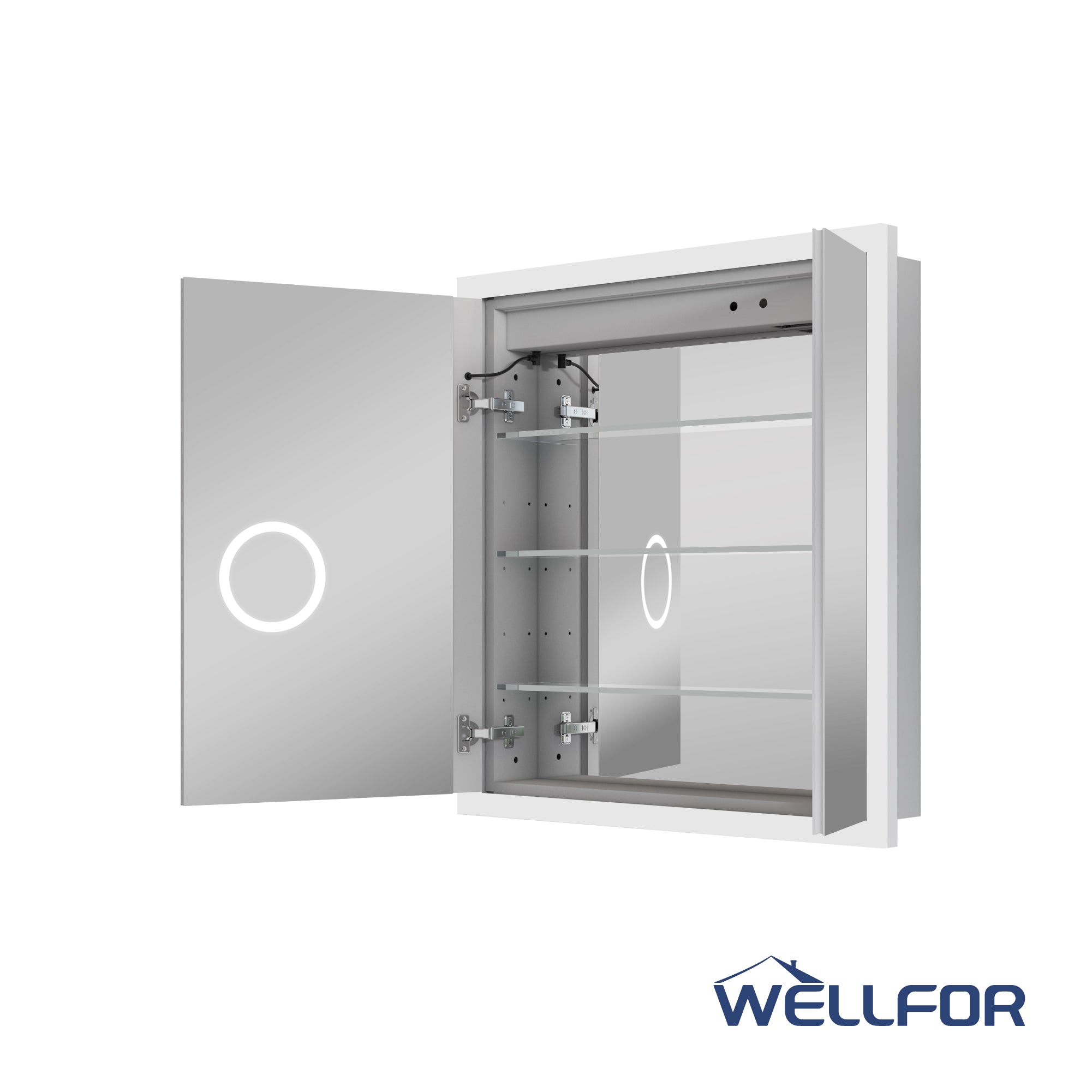
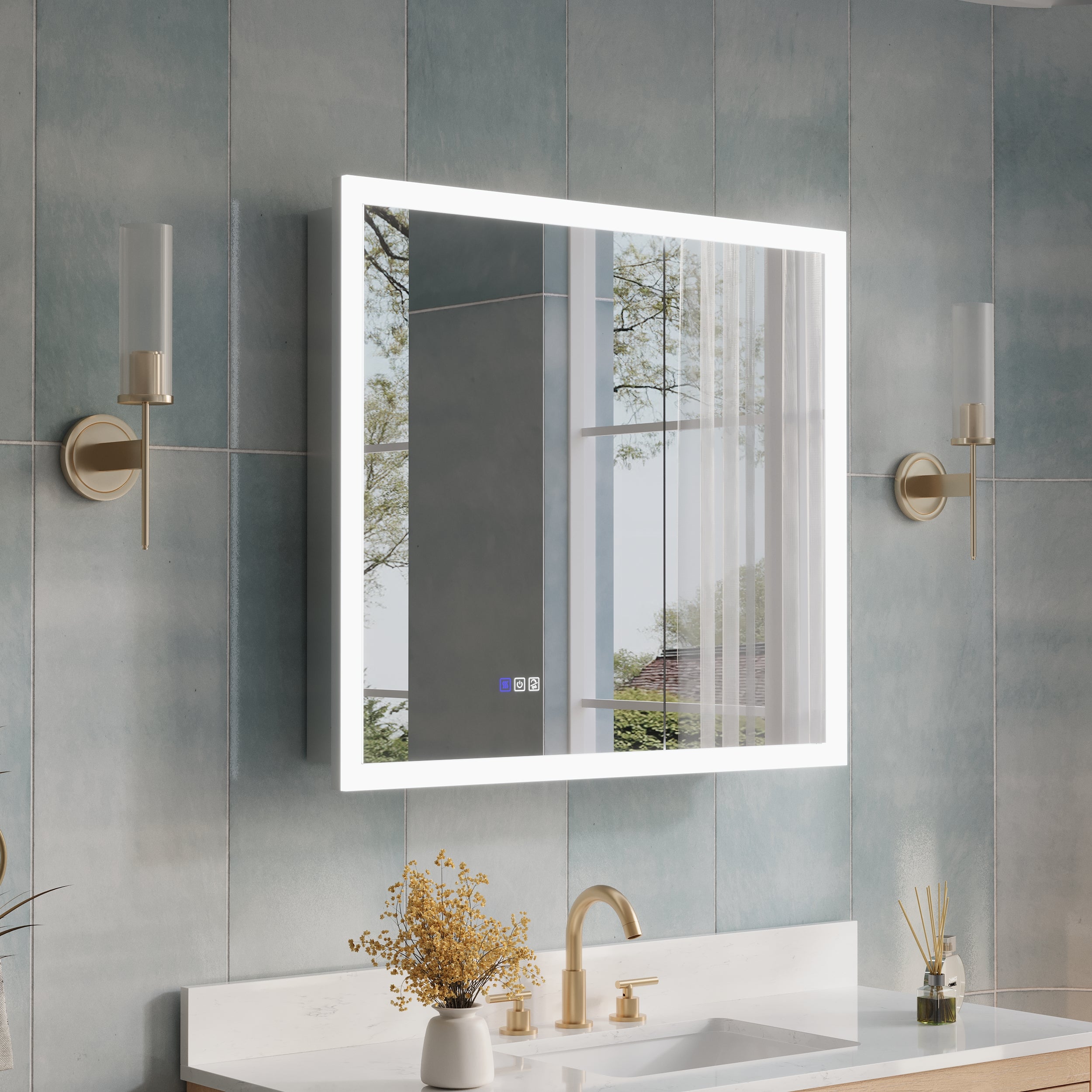

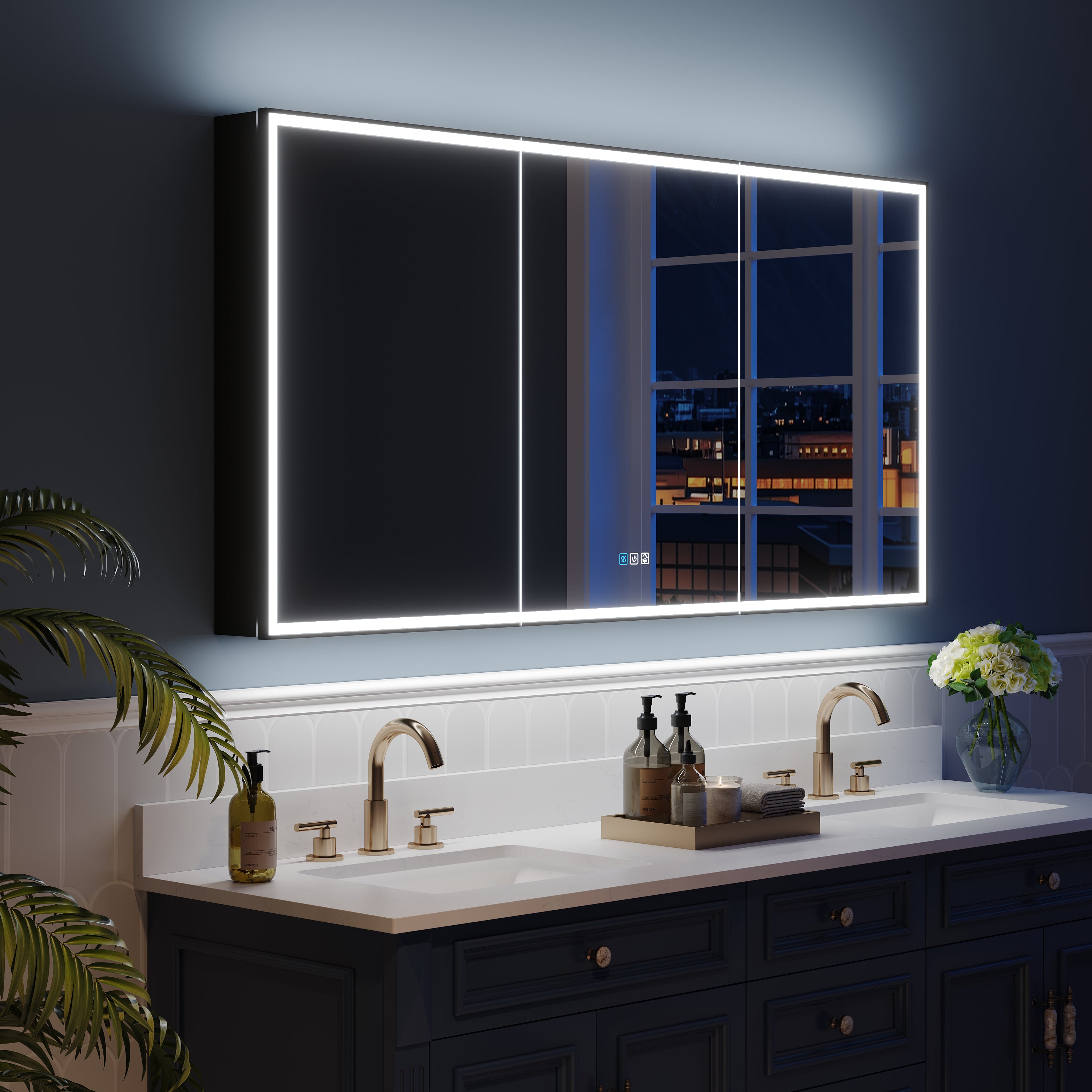
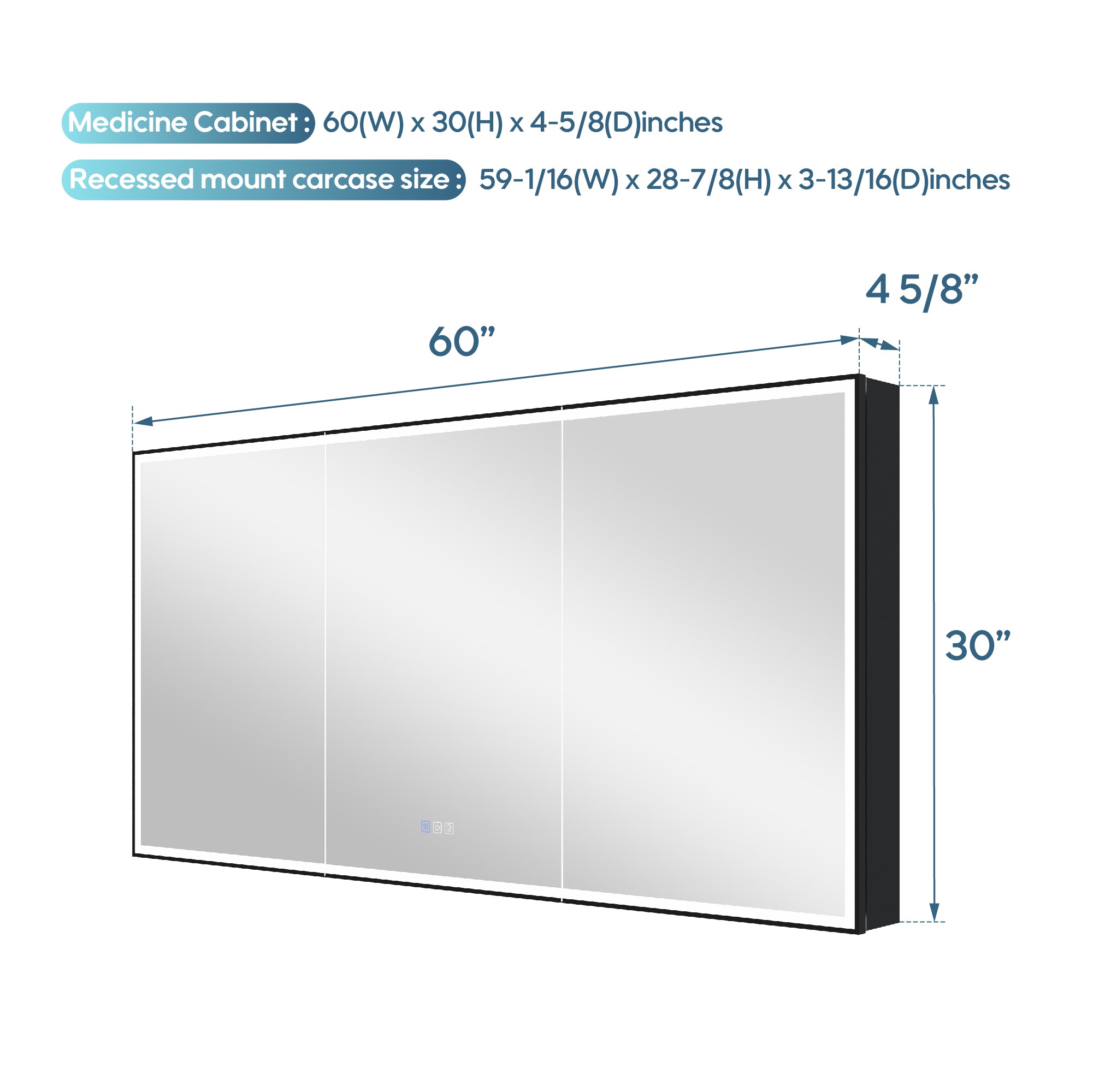
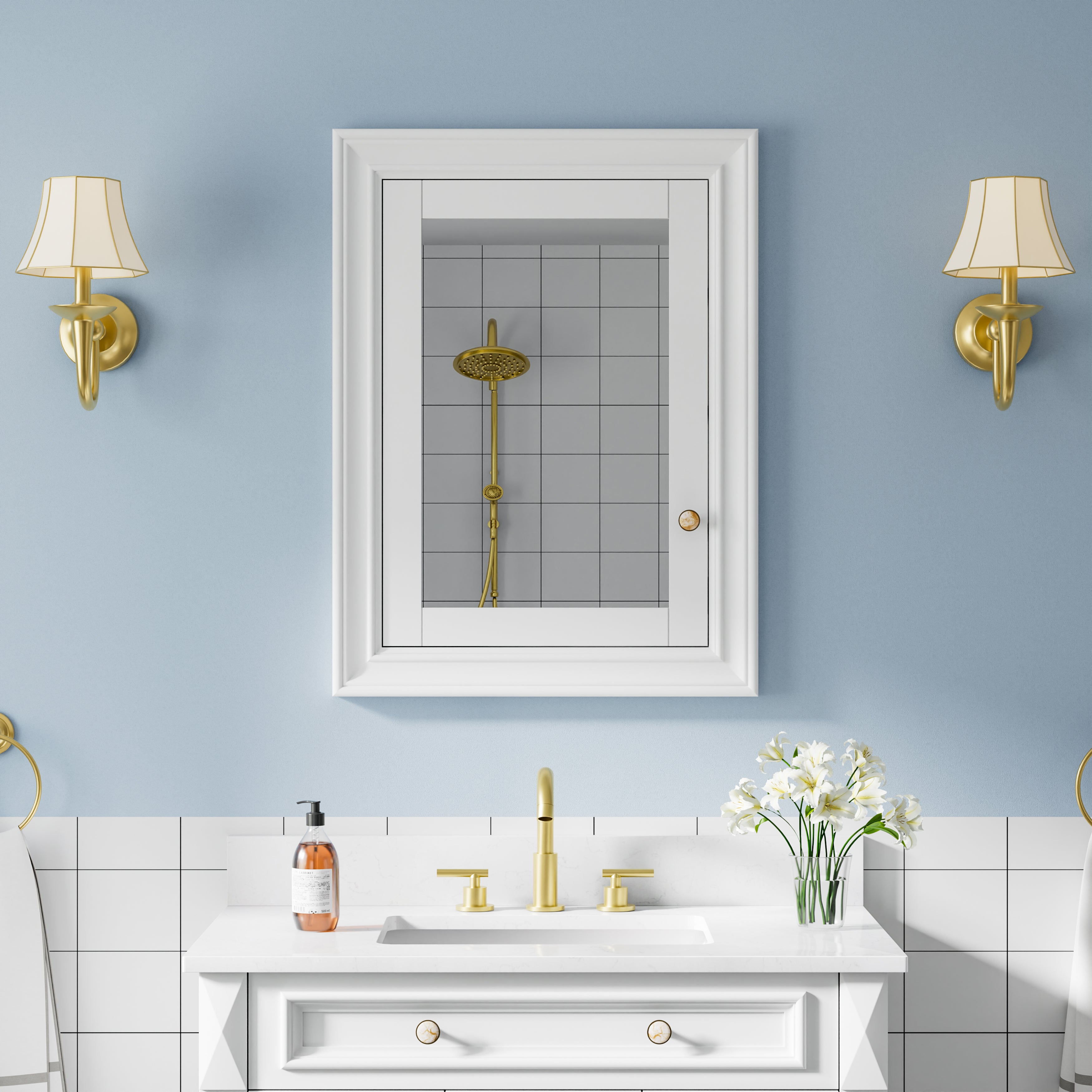


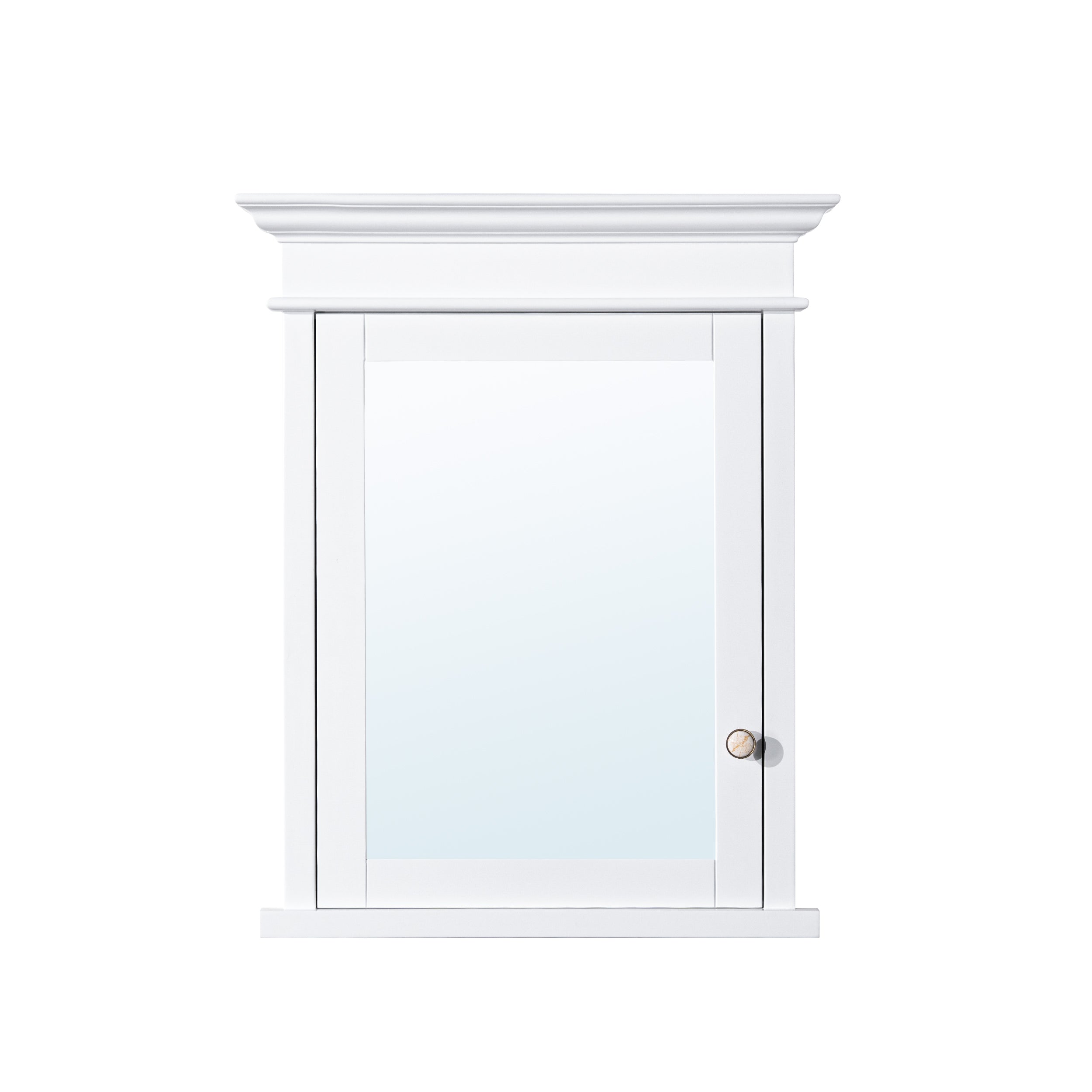

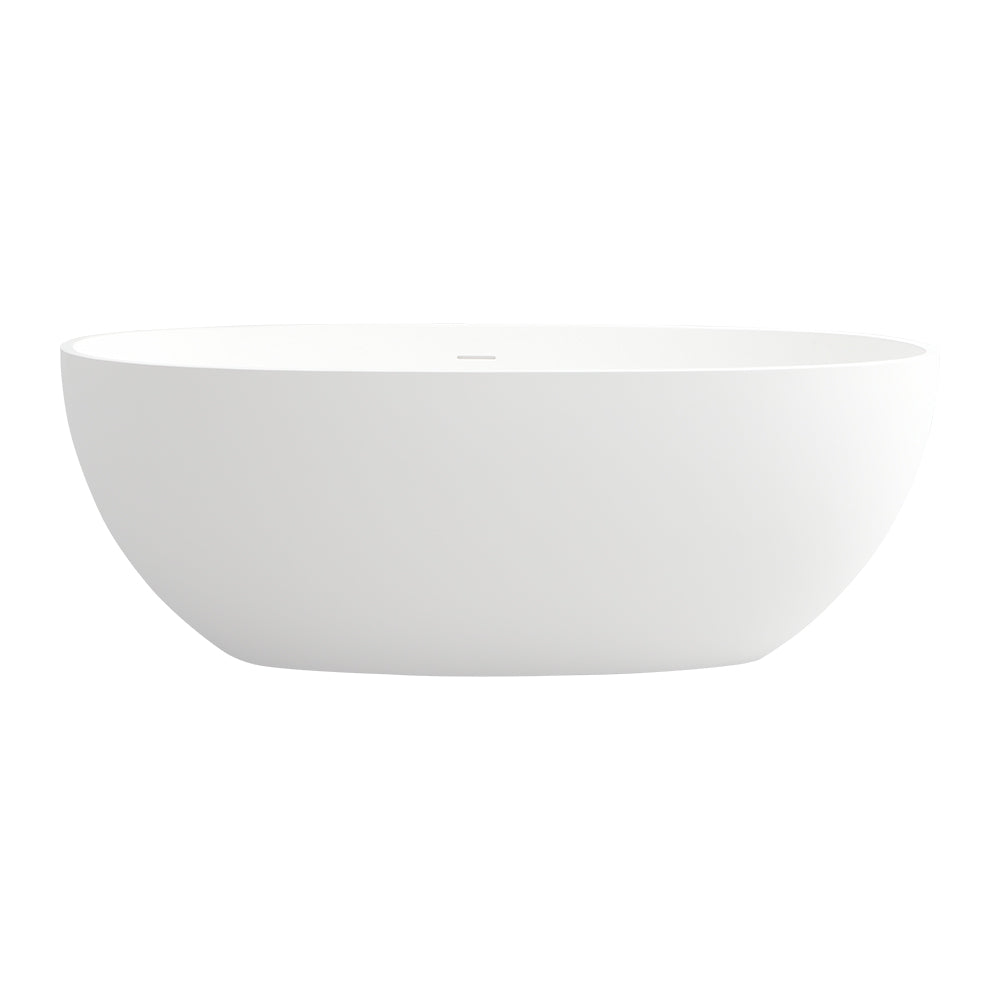


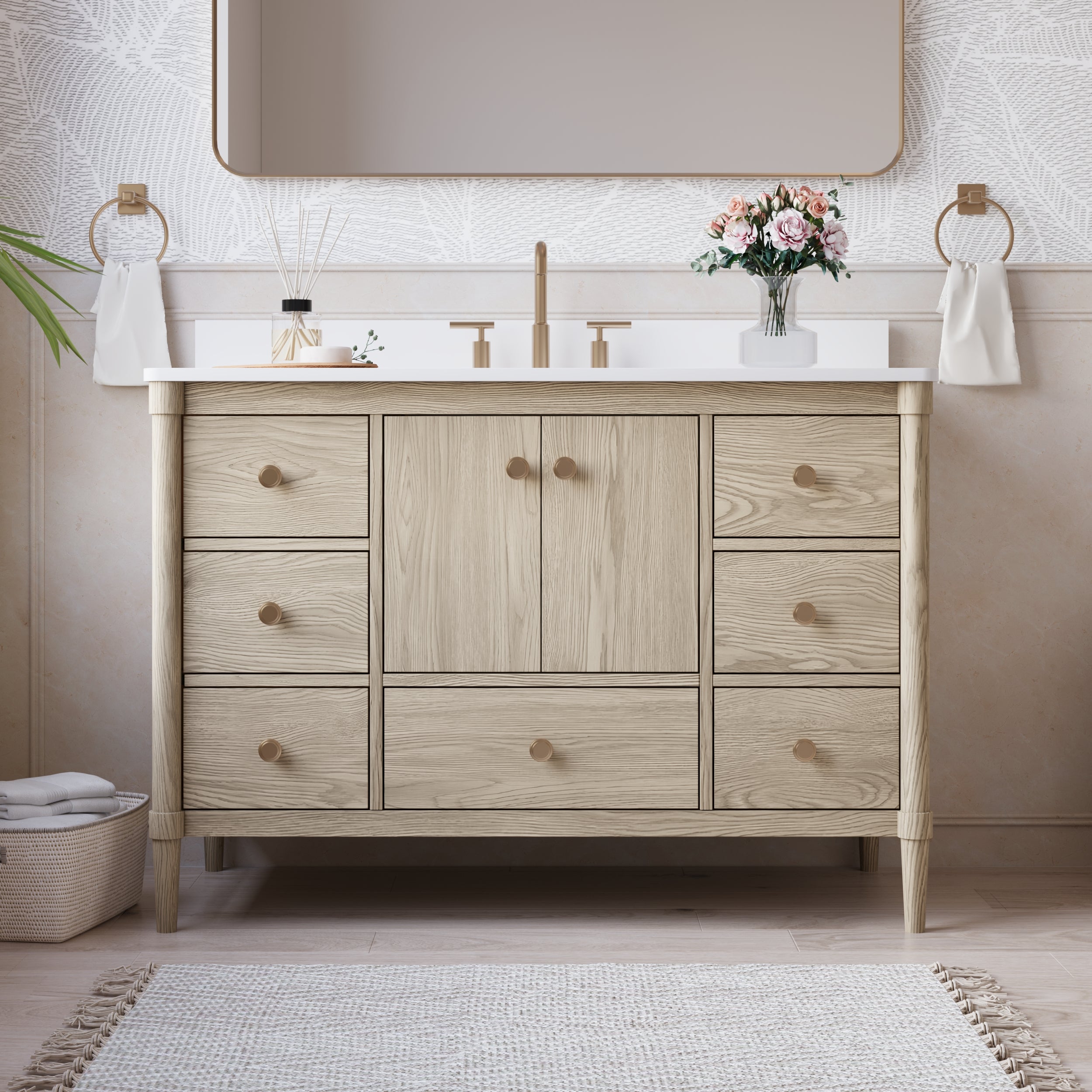
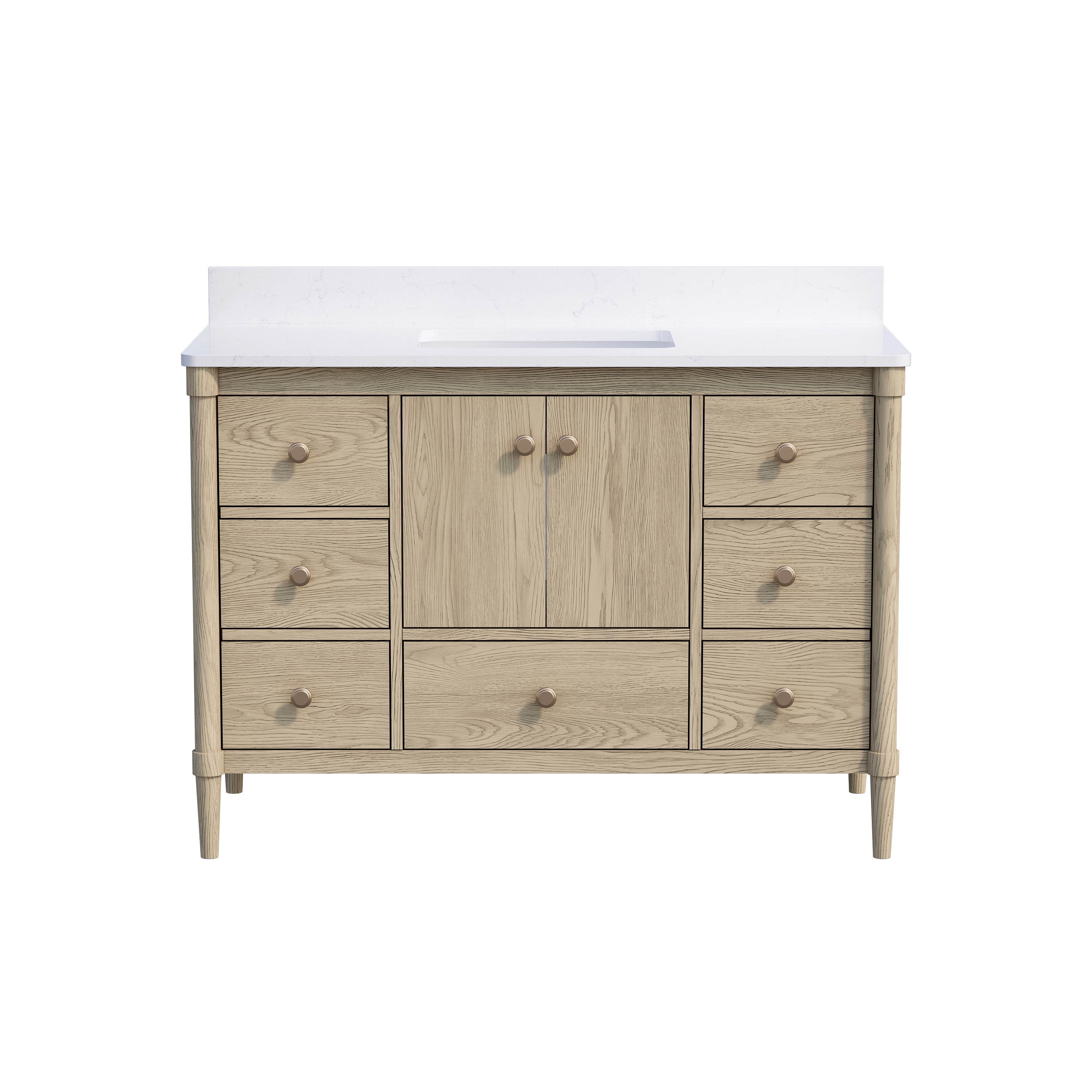
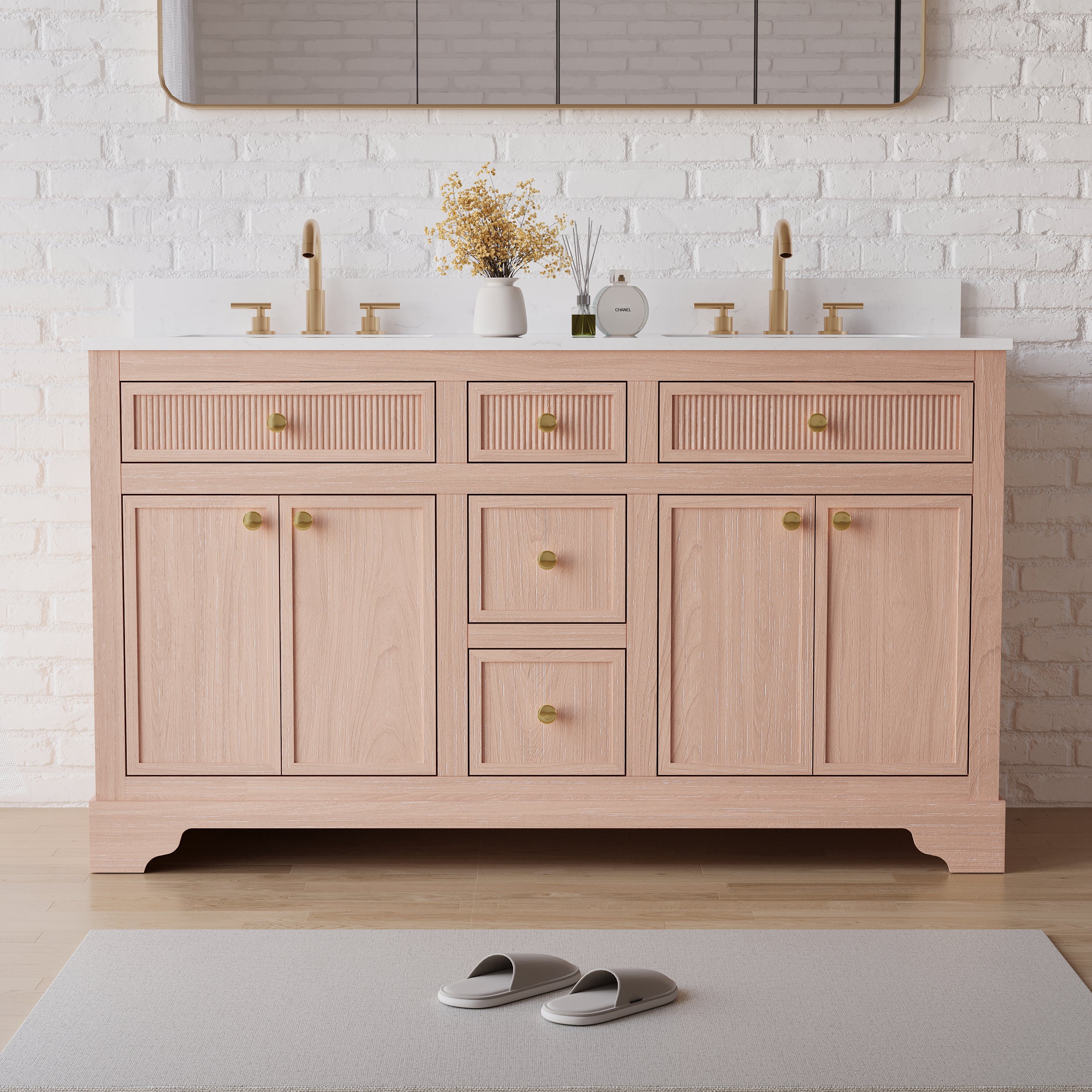



Leave a comment
This site is protected by hCaptcha and the hCaptcha Privacy Policy and Terms of Service apply.